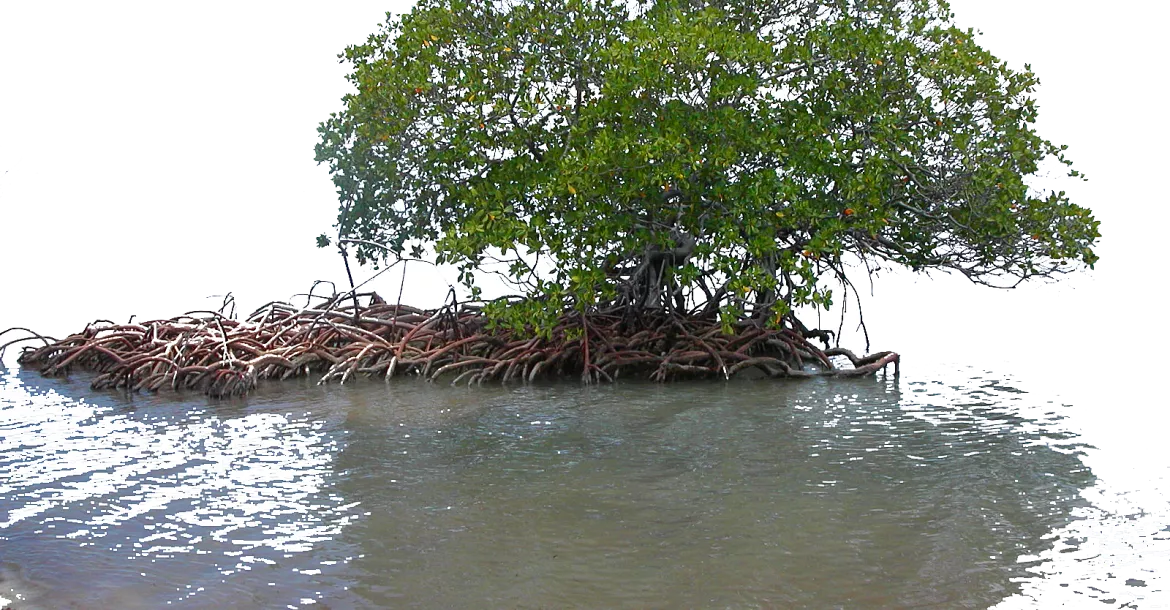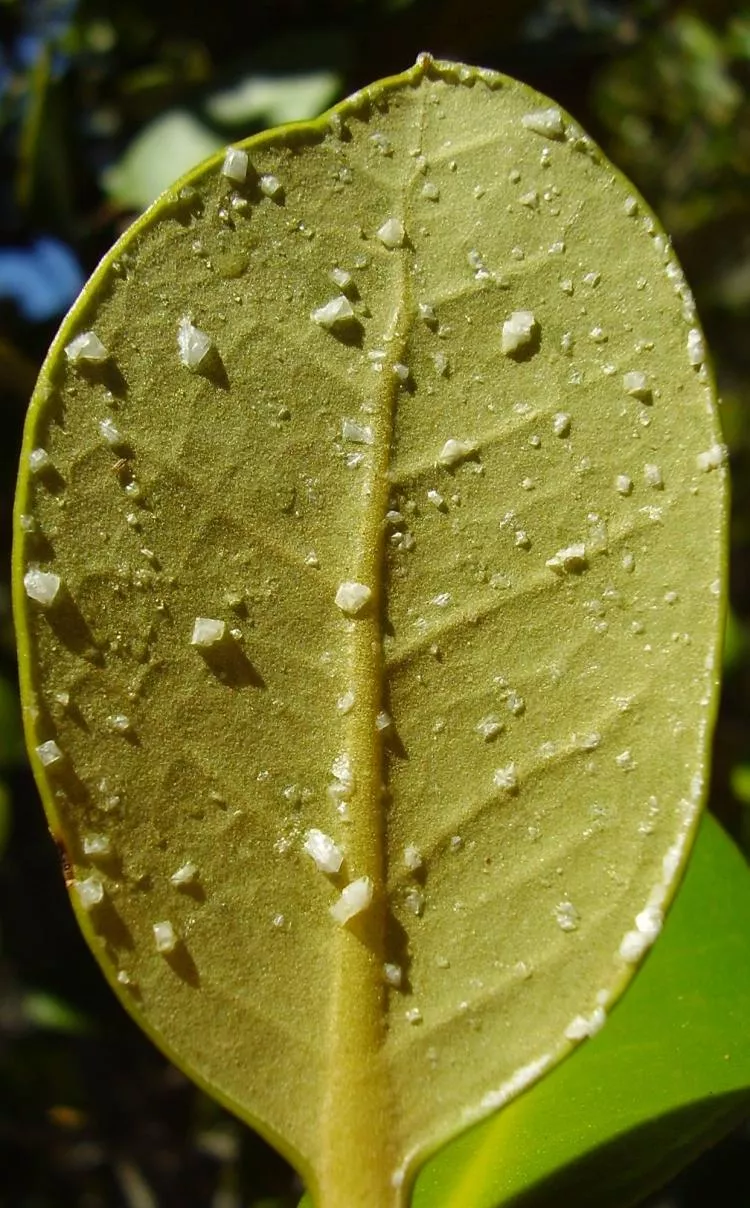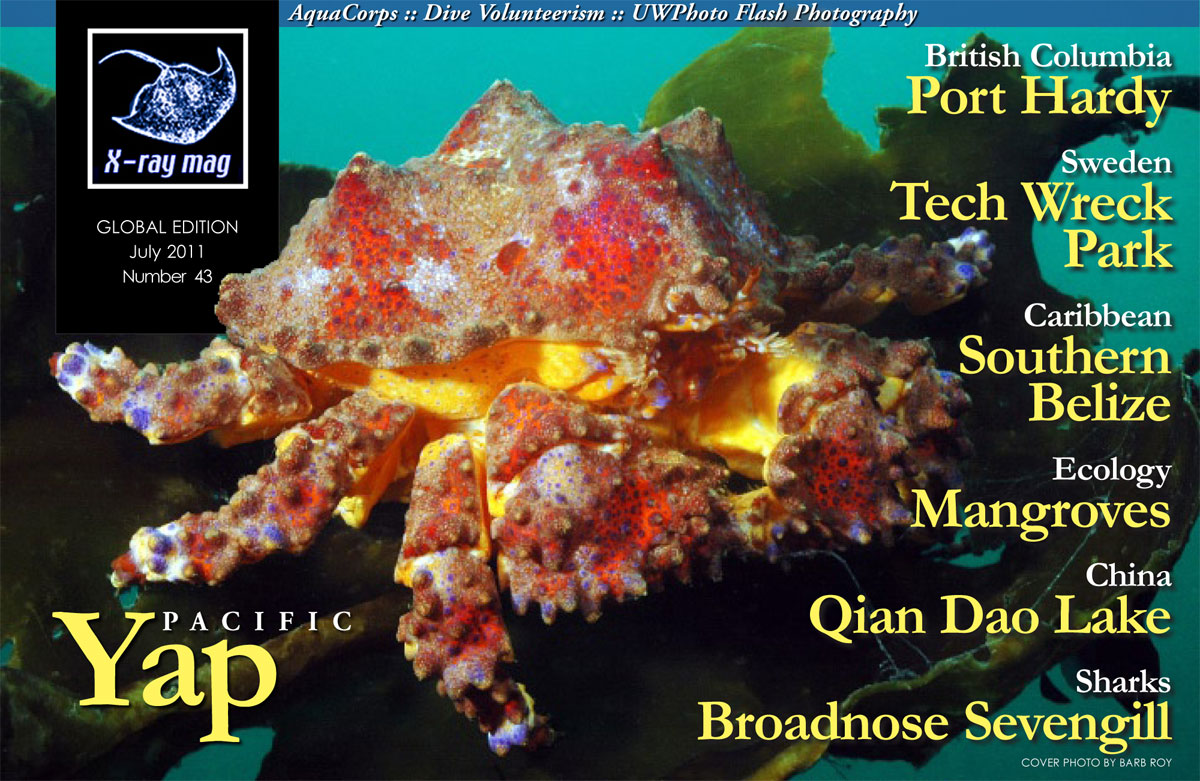Mangrove forests are significant habitats that exist throughout the tropical belt across the globe. Mangroves are adapted to the specific terms that exist in intertidal marine zones.
A wide diversity of animals is found in mangrove swamps. Since these estuarine swamps are constantly replenished with nutrients transported by fresh water runoff from the land and flushed by the ebb and flow of the tides, they support a bursting population of bacteria and other decomposers and filter feeders.
Contributed by
In America, New Zealand and Australia mangroves extend to the subtropical zone, and they have their range limits at the most southern point of Australia. Eighty-four species of mangrove trees have been identified across the world of which 70 (including 12 varieties) are true mangroves, while 14 are semi-mangroves.
Mangroves are obligate to mangrove forests and adapted to the specific conditions that exist in intertidal marine zones.3 Dependent on the tides, mangroves grow in soft mud or sand and have adapted by localizing approximately half of their weight in the roots.
Mangroves have a complex ecology because of their interaction with physical forces such as tides, surface sediment runoff, river and groundwater discharge, waves, and varying amounts of sediments, nutrients and saltwater. They live in coastal settings with freshwater runoff, multiple substrate conditions, prolonged hyper periods, varying salinity, anoxic conditions, accumulation of toxic substrates, perpetually changing temperatures and changing oxygen concentrations.
But throughout geological time, they have proved very suitable for adaptations to these conditions, which is why they have survived until today. But it is hard to predict how suitable mangroves are for survival in the future because, as pointed out in a paper by Berger et al. in 2008: “When coastal landscapes become fragmented by urban transformation of regional and coastal settings, mangroves are [becoming] less self-maintaining as coastal processes are modified.”
All these factors together with the pressure of global warming, makes the conditions for the survival of mangroves in the future very difficult and a world without mangroves realistic. They are one of the most threatened ecosystems in the world today, suffering from conversion, over-exploitation and pollution.
For example, in the Mexican LaPaz region, 23 percent of the mangroves were “wiped out” in the years from 1973 and 1981, and in Asia, 26 percent of the mangrove forests in the six countries that were most influenced by the tsunami on 26 December 2004 have been destroyed during the last 20 years.
Furthermore, many people think that mangrove forests are negative ecosystems plaguing urban areas with swamps that act as hatching places for mosquitoes, beetles, wasps and other insects, which are unwanted in the human community, and it is thought that mangroves ....
(...)




























